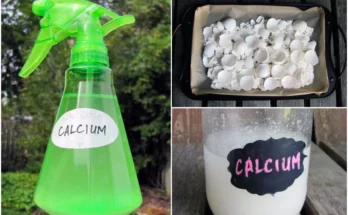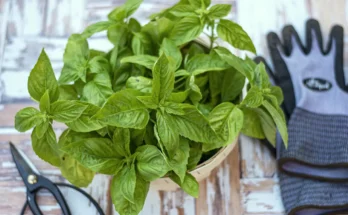Purple peppers are not only visually stunning but also bring a unique flavor to your culinary creations. Growing these vibrant vegetables can be a rewarding experience, whether you’re a seasoned gardener or just starting out. In this article, we’ll explore the steps and considerations necessary to successfully cultivate purple peppers in your own garden.
Purple peppers, known for their deep hues ranging from violet to almost black, belong to the Capsicum annuum species. They originated in Central and South America and have been cultivated for centuries for their ornamental value and culinary uses. In recent years, their popularity has surged due to increased interest in exotic and colorful vegetables.
Growing Purple Peppers – Tips and Suggestions
- Selecting the Right Variety: Choose a purple pepper variety suited to your climate and garden size. Some popular varieties include Purple Beauty, Black Hungarian, and Purple Jalapeno.


- Starting from Seeds: Begin seeds indoors about 8-10 weeks before the last frost date in your area. Use a well-draining seed-starting mix and provide warmth and adequate light for germination.
- Transplanting Outdoors: Once the seedlings have developed true leaves and the threat of frost has passed, transplant them into a sunny spot with fertile, well-drained soil. Space plants about 18-24 inches apart.
- Soil and Fertilization: Purple peppers prefer slightly acidic soil (pH 6.0-6.8) enriched with organic matter. Consider adding compost or aged manure to improve soil fertility. Fertilize lightly with a balanced fertilizer during the growing season.
- Watering and Mulching: Keep the soil consistently moist but not waterlogged. Mulching around the plants helps retain moisture, suppresses weeds, and regulates soil temperature.
- Support and Pruning: Depending on the variety, purple peppers may benefit from staking or caging to support heavy fruiting. Pinch off early flowers to encourage stronger plants and higher yields.
- Pest and Disease Management: Monitor plants regularly for pests like aphids and caterpillars. Use organic methods such as neem oil or insecticidal soap if necessary. Rotate crops yearly to reduce disease risk.
About Growing Purple Peppers


- Are purple peppers spicy? Some varieties can be spicy, while others are mild. It depends on the specific variety you choose.
- How long does it take for purple peppers to mature? Typically, purple peppers mature in 60-80 days after transplanting, depending on the variety and growing conditions.
- Can purple peppers be grown in containers? Yes, smaller varieties of purple peppers can thrive in containers with proper care and maintenance.
Conclusion: In conclusion, growing purple peppers can add a colorful and flavorful dimension to your gardening experience. By following these steps—from selecting the right variety to providing proper care—you can enjoy a bountiful harvest of these unique vegetables. Share your thoughts and experiences in the comments below. What challenges have you faced, and what tips do you have for fellow gardeners? Your feedback is valuable! Happy gardening!
This article provides a comprehensive guide to growing purple peppers, designed to inspire both novice and experienced gardeners alike. By incorporating these tips into your gardening routine, you can cultivate thriving purple pepper plants and savor their beauty and taste throughout the growing season.



